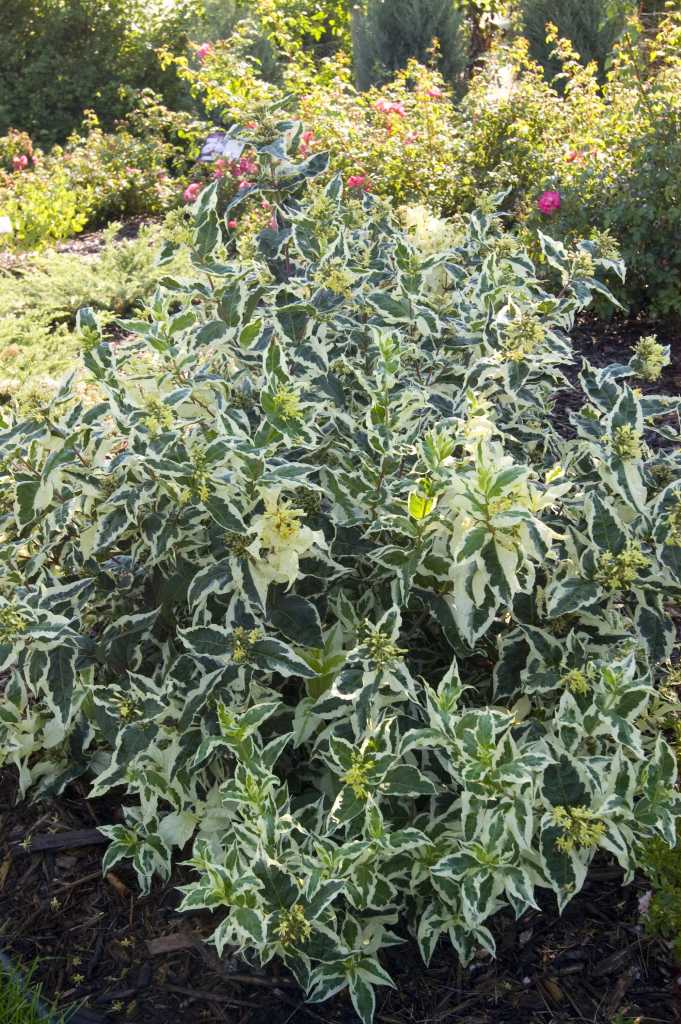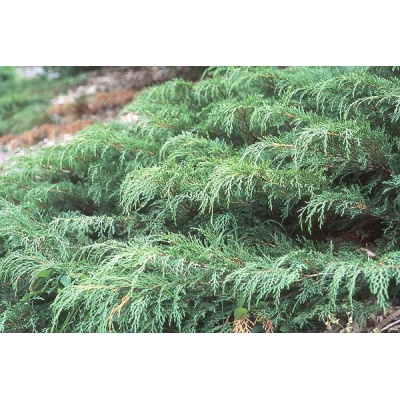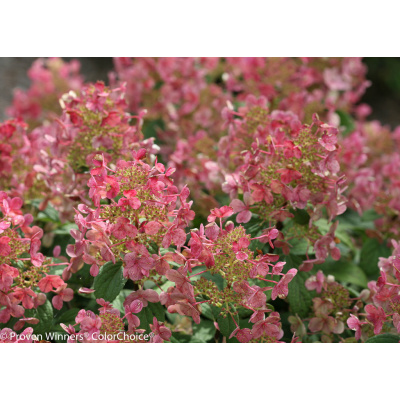Description
 Cool Splash® Dwarf Bush Honeysuckle
Cool Splash® Dwarf Bush Honeysuckle
Diervilla sessilifolia ‘LPDC Podaras’ PP19,391
Cool Splash® is the first variegated diervilla and its bright white stands out dramatically, even in shady borders. The cool foliage stays bright and clean right up until the first frost. Bunches of yellow blossoms adorn the plant in June and July. Easy to grow in a variety of soils, Cool Splash is a densely branched shrub that forms underground suckers, developing colonies over time. Use in woodland settings or mass plantings for a spectacular effect.
Height
2.5-4.5′
Width
2.5-4.5′
Exposure
Full Sun
Zone
4-7



Reviews
There are no reviews yet.